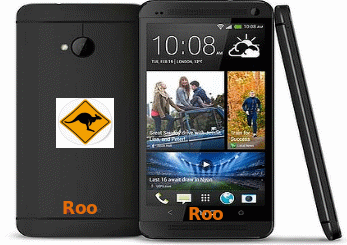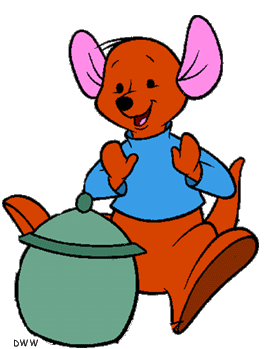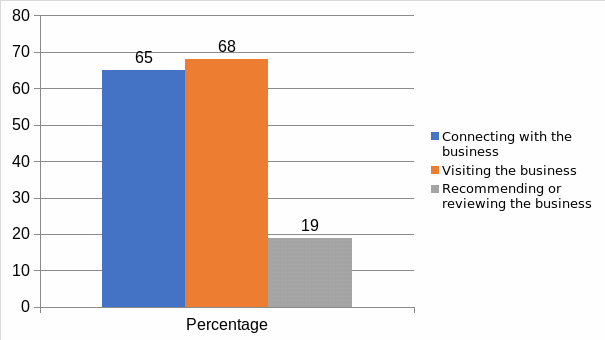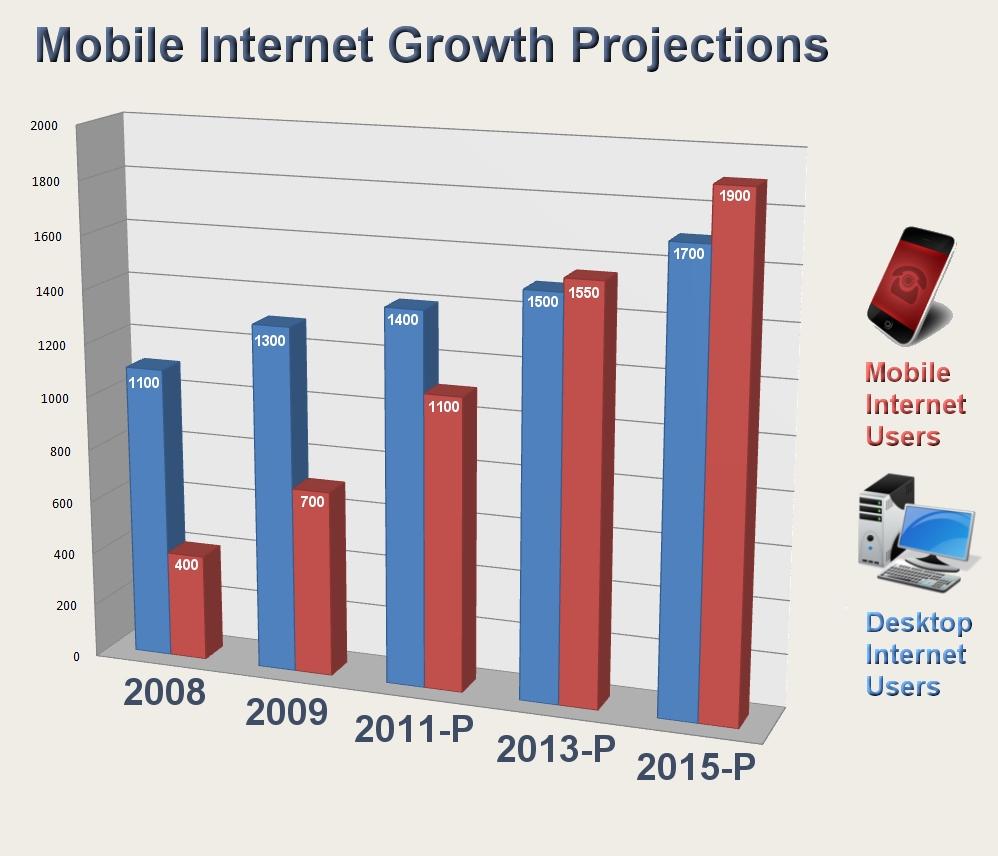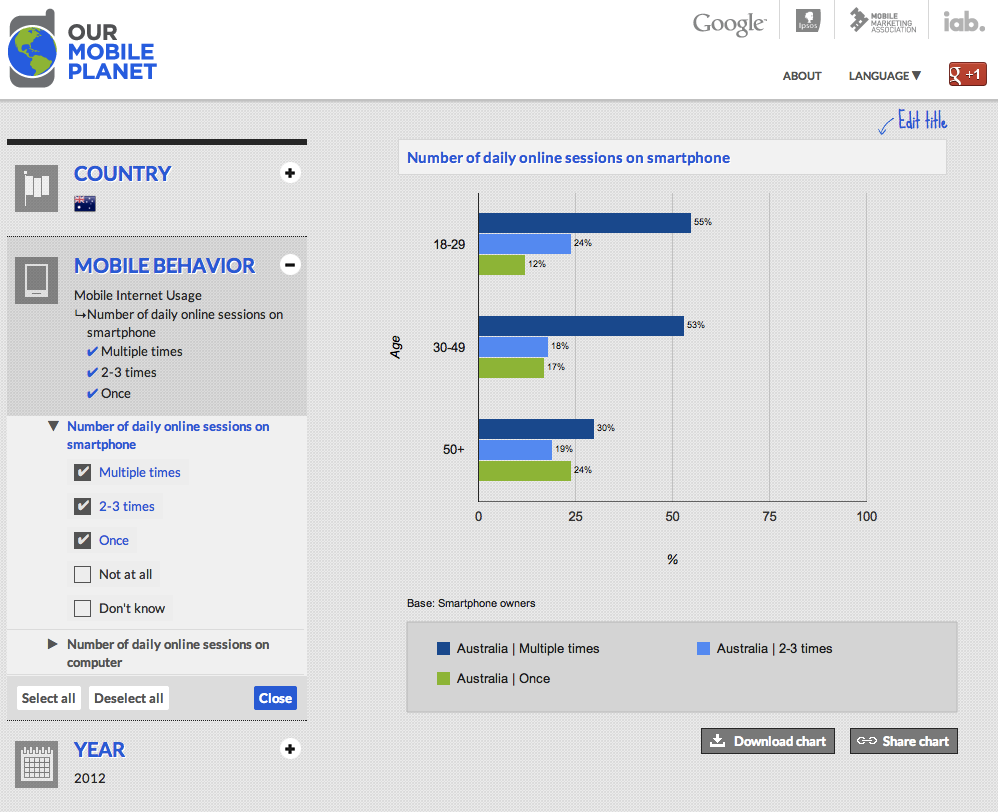Product Image
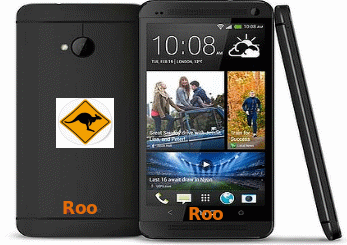
Introduction and Background
Branding Australia and its products is not an easy task – the continent has been isolated from the rest of the world for so long that creating strong ties between the Australian production and the target audience is not easy. However, advertising such an integral element of people’s lives as a cell phone seems a legitimate idea for promoting Australia and its products in the rest of the world. A mobile phone as an integral part of a XXI century person (Macnamara 2010, p. 329) will be viewed as the product to brand Australia with in the global market.
The cell phone that will be introduced into the Australian and the global market will have a unique and brand new option. Unlike any of the existing mobile phones, Roo will not need recharging. To make the phone work again, tits owner will only have to rewind it. In other words, a unique rewind mechanism will be built into every cell phone to make the process of battery recharge as easy as possible. The users will no longer depend on electricity. Instead, it will only take a few movements to make the cell phone fully charged again. Although the concept of a winder cell phone already exists (Fuller n. d., para. 3), Roo will be the first winder cell phone to be introduced into the Australian market.
However, it will be necessary to tie in the product with another concept, an element of the Australian culture or environment that is immediately recognizable by any European, Asian or American citizen over the age of five. The answer to the question of where the aforementioned element should be taken from is rather obvious – Australia has been known for its amazing endemics for centuries (Hart & Reynolds 2008, p. 61). Therefore, using the image of a certain animal seems the most reasonable choice. Defining the animal that can represent Australia and its mobile phones, one is most likely to come up with an image of a kangaroo. Therefore, it can be suggested that a brand of cell phones, which will represent Australia, should be called “Roo” and have an image of a kangaroo as a logo.
Situation analysis – Segmentation, sizing and target audience
Taking a closer look at the target Australian market, one will notice inevitably that it has already been taken by a range of other cell phone producing companies. However, according to the recent research, cell phones with a winder mechanism have not been represented by any of the companies yet. According to the 2013 records, in the middle of the year, 10,800,000 people used the services of cell phone companies (ACMA, 2013, para. 6).
Therefore, given the increase in birth rate (Australian Bureau of Statistics 2012, para. 1), suggesting that in 2014, the number of cell phone users is going to rise is quite legitimate. Seeing how there are already quite decent rivals for the Roo brand in the Australian market, including Apple, BlackBerry, HTC, LG, Nokia, Samsung, SONY, and many others (Santhalingam, Revathi & Devi 2011, p. 2), it will be unrealistic for Roo to take the first place among these. However, landing at the tenth position is quite possible for the brand that is going to be as recognizable as Roo.
Speaking of the target audience, it is suggested that Roo should be advertised to business people (Graph 1), students, foreign guests and people living in remote areas. Seeing how business people rarely have either time or possibility to recharge their cell phone batteries in a traditional way, it will be reasonable to make them the primary target audience. International students can be viewed as the secondary group (Graph 2), while foreign visitors will be the tertiary one (Graph 3).
Creative strategy – product image and slogan
As it has been stressed above, it has been decided that the product branding should be related to one of the most recognizable Australian animals, period – a kangaroo. Seeing how the word itself is quite lengthy and may cause pronunciation difficulties among certain nationalities, it has been suggested by one of the project members that the name should be shortened to “Roo.” The given choice has also been predetermined by other factors; for example, there is no secret that Roo is the name of one of the characters in The Adventures of Vinnie the Pooh (see the Appendix, Picture 2), a renowned childhood classics, which will trigger positive emotions in a number of people. Seeing how the target audience is rather diverse, it can be suggested that the brand image should be neutral, like the road sign indicating that kangaroos may be in the vicinity (See Appendix, Picture 3).
However, the image should have its distinctive features, which will set it aside from the traditional road signs or any other images and make it instantly recognizable. Therefore, a different pose and a different colour cast can be suggested for the logo. It can be suggested that Picture 4 should be used as the key reference for the brand image creation; however, it should be kept in mind that the elements of the image should not have points of contact, as the kangaroo’s hinder paw and tail have in the picture (See Appendix, Picture 3). Speaking of the colours, it seems reasonable to choose white as opposed to the traditional black images in the signs (See Appendix, Picture 4).
However, when creating a brand slogan, one must keep the focus on what is really important, i.e., the fact that Roo is the first winder battery mobile phone, which does not need constant recharging. Therefore, it will be necessary to put a very strong indication on this brand new aspect of the seemingly usual product. The idea of creating a winder battery or a kangaroo related pun is very tempting; for instance, such a slogan as “Winder-ous experience” pops up in one’s head immediately; however, such a move is rather cheap. Instead, it will be required to focus on the opportunities that Roo provides as in “Save time – use Roo!” The latter suggestion, however, does not indicate what allows Roo to save the user’s time. Such a slogan as “Roo: wind it up!” shows more graphically what a Roo cell phone provides. However, it will also be required to stress that no more recharging is needed. Therefore, the following slogan can be used: “Wind it up! Roo: no more recharging.”
Marketing Communication – promotion and advertising
As it has been stressed above, the major emphasis is going to be put on the amazing winder battery principle; in addition, a comparatively reasonable price should be mentioned. According to the recent studies, over the past few years, the stress has been put on the additional options that cell phones provide, including the resolution of the camera and the quality of the shot, the voice recording functions, and a number of other elements, which, quite honestly, only distract the customer from evaluating the quality of what a cell phone is actually supposed to offer – the connection speed, the bandwidth of the optical fibre channel, and the rest of the details that facilitate the communication process, making it easy and comfortable (Vascellaro & Ramstad 2012, para. 2).
Despite the fact that such companies as Apple, Samsung and other famous organizations tend to focus on the multifunctional properties of their product (Vascellaro & Ramstad 2012, para. 3), recent researches have shown that people tend to be fascinated with the latter only during the first several weeks after the purchase, while later on, it is the quality of conversations and Internet connection that bothers most of the target audience (Owusu 2013, p. 3).
It will be necessary to make the message behind the advertisements, the commercial and the promotion campaign in general accessible yet appealing to both students and businessmen. It can be suggested that the image of a kangaroo leaping over a seemingly big distance can be used as the basic motif for the advertisements and the commercials. As for the style in which the commercials and advertisements should be created, one may suggest that a combination of real life and CG animation or hand drawn animation is the best compromise between the student oriented and businessmen oriented advertisement messages.
Customer relations
One of the most important elements of a successful business, customer relations must be taken into account when introducing Roo to the Australian market, not to mention the global one. It will be necessary to come up with a strategy that will help retain the loyal customers and attract new ones. As it has been stressed above, a lot depends on marketing; however, the quality of customer support is also of utmost importance (Khan 2010, p. 164). In other words, it will be required to provide a 24/7 customer support department so that clients should be able to have the issues related to Roo solved instantly. Moreover it will be required to gather customers’ feedback, including both negative and positive reviews of the product, in order to improve the product until it suits the customers’ needs perfectly (Almossawi 2012, p. 139).
Keeping in touch with the customers will be possible via Roo or the company’s official site. In addition, it will be necessary to create a database of customers, thus, splitting them into several categories based on the time that the clients have been with the company, the amount of money that they have brought to the company, their age, their preferences, etc. thus, it will be easier to come up with ideas for discounts, drawings (e.g., with a Roo as the main prize), etc. As long as the customers feel treasured and respected, they will keep coming to the company to use its services.
Conclusion
Because of its location and the resulting economic isolation from the rest of the world, Australia needs a strong brand that will represent it in Europe, Asia and the United States. Since modern technologies seem to be a rather safe bet nowadays, it will be reasonable to suggest that Australia should be represented with the help of a major technological innovation, such as a winder cell phone. The “Roo” brand seems perfect for the above-mentioned purpose, seeing how it both promotes a product that tops the list of a XXI century man’s bare necessities, uses a memorable and marketable image of a kangaroo for the rest of the world to relate the product to Australia immediately and, most importantly, offers a unique opportunity to stop recharging for good. Thus, it will be safe to say that the “Roo” brand is going to be a success.
References
ACMA, 2013, Becoming a legendary teacher: to instruct and inspire. Web.
Almossawi, M M 2012, ‘Customer satisfaction in the mobile telecom industry in Bahrain: antecedents and consequences,’ International Journal of Marketing Studies, vol. 4, no. 6, pp. 139–156.
Australia’s content marketing statistics. n. d. Web.
Australian Bureau of Statistics 2012, Births, summary statistics for Australia. Web.
Fuller, J n. d. How wind-up cell phone chargers work. Web.
Great Ocean road photos n. d. Web.
Hart, P J & Reynolds, B H 2008, Handbook of fish biology and fisheries, John Wiley & Sons, New York, NY. Web.
Hough, G 2010, Wild boxing kangaroo knocks Australian jogger unconscious. Web.
Khan, M A 2010, ‘An empirical assessment of service quality of cellular mobile telephone operators in Pakistan,’ Asian Social Science, vol. 6, no. 10, pp. 164–177. Web.
Macnamara, J 2010, The 21st century media (r)evolution: emergent communication practices, Peter Lang, New York, NY. Web.
Mobile marketing statistics. 2014. Web.
Mobile website design. n. d. Web.
Owusu, A 2013, ‘Influences of price and quality on consumer purchase of mobile phone in the Kumasi metropolis in Ghana: a comparative study,’ European Journal of Business and Management, vol. 5, no. 1, pp. 179–198. Web.
Resource page n. d. Web.
Richardson, K 2012, Australia’s amazing kangaroos. Routledge, New York, NY. Web.
Santhalingam, B, Revathi, K & Devi, J 2011, ‘Mobile phone usage survey among students and staffs of universities using data mining technique,’ International Journal of Scientific & Engineering Research, vol. 2, no. 10, pp. 1–5. Web.
Vascellaro, J E & Ramstad, E 2012, ‘The two-horse smartphone race.’ The Wall Street Journal. Web.
Appendix A
